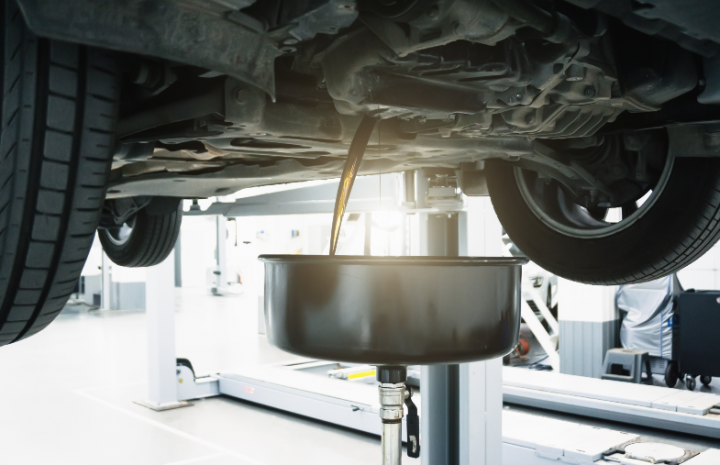Keeping your vehicle in top condition is crucial for its longevity; one of the most fundamental aspects of car maintenance is regular oil changes.
Your mechanic may tell you one thing while the owner’s manual says another. Knowing when it’s time for an oil change can be a bit puzzling for many car owners.
Read on to learn how to know when your vehicle is ready for an oil change.
Mileage Milestones: The Traditional Indicator
The most common and straightforward indicator for an oil change is your car’s mileage. Traditionally, vehicles required an oil change every 3,000 to 5,000 miles. However, with advancements in automotive technology and higher quality oils, many modern cars can go between 5,000 and 7,500 miles, or even up to 10,000 miles before needing an oil change. Always refer to your vehicle’s manual for the manufacturer’s recommendations, as this varies depending on the make and model of your car.
Calendar-Based Changes
Even if you haven’t hit the mileage mark, oil changes should still be performed regularly. If your car is often used for short trips or if it sits idle for extended periods, oil changes should be done at least twice a year. Oil degrades over time, regardless of mileage, so keeping track of time is crucial for vehicles with lower usage.
Oil Condition and Driving Performance
Inspecting the condition of your car’s oil is a more hands-on approach to determining the need for an oil change. Fresh, healthy oil should be a clear, amber color. As it ages, it becomes darker due to contaminants. If the oil appears thick, excessively dark, or gritty, it’s a clear sign that an oil change is overdue.
Your vehicle may begin to show signs of needing an oil change in its performance. If you notice a decrease in engine performance, increased noise, or even a burning smell, these could be indications that the oil is old or low. These symptoms should prompt an immediate oil check and likely an oil change.
Heed the Warning Lights
Modern vehicles are equipped with oil life monitoring systems that alert you when it’s time for an oil change. Pay attention to your dashboard for any indicator lights or messages signaling that your oil needs attention. This feature takes the guesswork out of scheduling oil changes but should be used in conjunction with manual checks for the best results.
Go the Distance with Regular Oil Changes
Oil changes are a vital part of vehicle maintenance that should not be overlooked. When in doubt, refer to your vehicle’s manual or consult with a professional to keep your ride running smoothly and efficiently. Keep in mind that older vehicles or those that have been driven hard may require oil changes more frequently, so don’t just rely on your owner’s manual. Pay attention to your car’s performance and oil condition to ensure it’s getting the fresh oil it needs.
This post may contain affiliate links. Meaning a commission is given should you decide to make a purchase through these links, at no cost to you. All products shown are researched and tested to give an accurate review for you.

